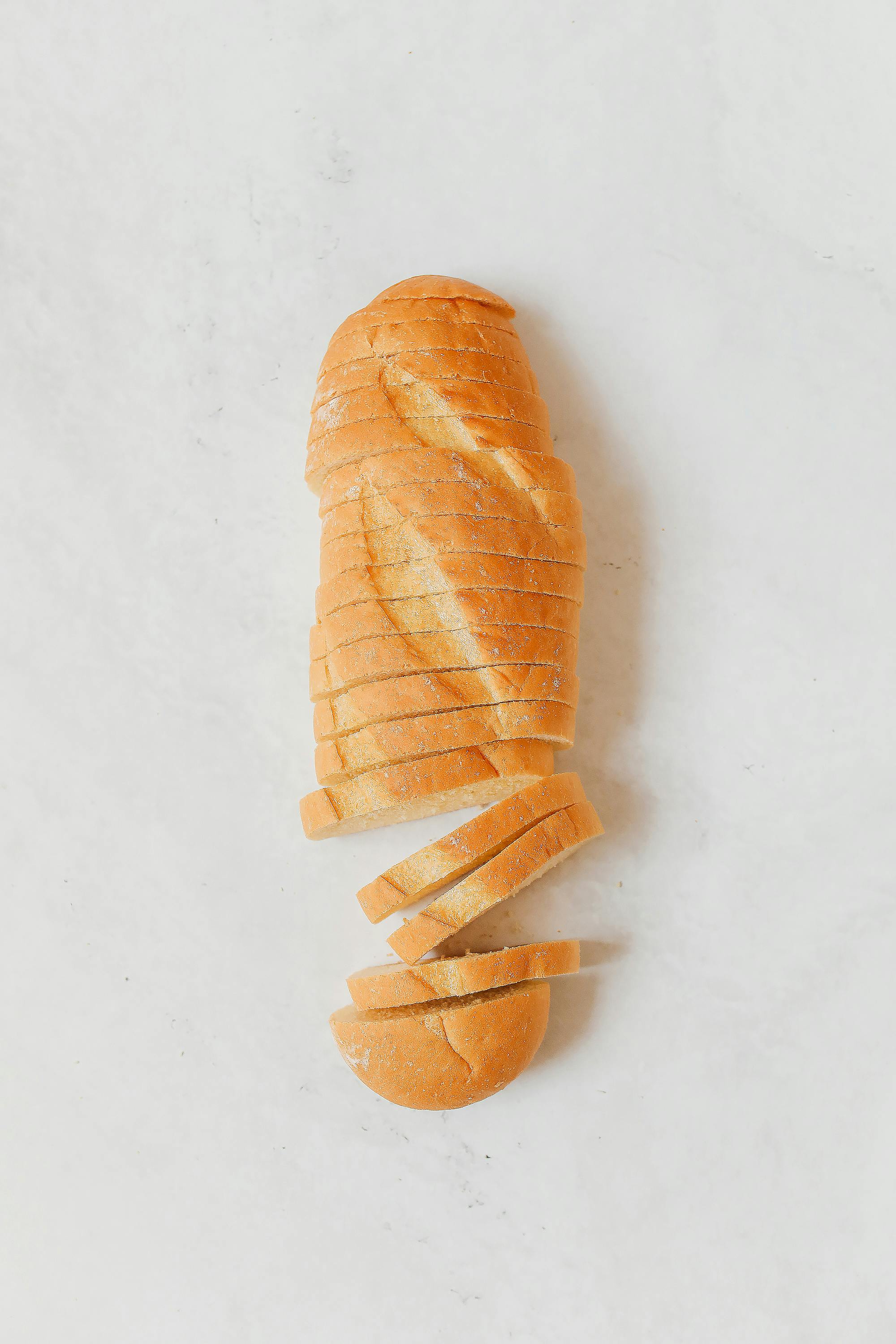Essential Guide to Getting Started with Drawing for Beginners
Drawing is more than just a hobby; it’s a powerful form of expression that connects you to the world around you. As a beginner in 2025, the landscape of drawing is ripe with opportunities for creativity and exploration. Understanding the basics of how to draw can be both exhilarating and daunting, but with the right approach, anyone can start their artistic journey.
In this comprehensive guide, we will explore various drawing techniques, from pencil shading to digital drawing, while offering beginner drawing tips to enhance your skills. We’ll delve into essential drawing tools for beginners and provide insights into effective drawing practices that lead to improvement over time.
Whether you aim to sketch from life or create imaginative cartoons, this article will equip you with the drawing fundamentals needed to develop your artistry. Let’s embark on this creative adventure and discover the joy of drawing!
Getting Started with the Right Drawing Tools for Beginners
The first step in your drawing journey is understanding the essential drawing tools and materials available. Choosing the right equipment is crucial for facilitating your artistic growth and enhancing your drawing experience.
Basic Art Supplies for Beginners
When venturing into drawing, it’s vital to gather basic art supplies that will serve you well. Here’s a breakdown of essential items:
- Pencil Set: A range of graphite pencils from H (hard) to B (soft) for varied line quality.
- Charcoal Sticks: Ideal for rich, dark lines and dramatic shading effects.
- Erasers: Kneaded erasers help minimize damage on paper and lift graphite easily.
- Drawing Paper: Quality sketching paper is durable and supports various mediums.
- Sketchbook: A place to practice regularly and capture fleeting ideas.
Creating Your First Drawing Space
A dedicated space enhances focus and makes drawing a pleasurable practice. Set up a bright and comfortable area where inspiration can flow freely. Ensure your materials are easily accessible and organized.
Art Techniques and Practice for Beginners
Learning drawing techniques involves practicing on various subjects. Start with simple shapes and progress to more complex forms. Consider engaging in drawing exercises such as gesture drawing and still life sketching, which challenge you to observe and capture the essence of your subjects.
Mastering Basic Drawing Skills
Fundamental skills form the backbone of a successful drawing experience. By mastering these skills, you lay the groundwork for more advanced artistic endeavors.
Understanding Line Drawing
Line drawing is fundamental to conveying forms and shapes. Start by practicing drawing circles, squares, and other basic geometrical shapes to develop control over your lines. The precision of your line work sets the stage for more detailed drawings.
Shading Techniques for Depth
Shading techniques like cross-hatching and stippling add depth and dimension to your drawings. Experiment with different pencils to observe how they create various textures. Understanding light and shadow is vital for enhancing realism and creating depth in your artwork.
Perspective and Proportions
Learning to draw in perspective is critical for accurately depicting space and three-dimensional forms. Practice using perspective lines to create depth and ensure proper proportions in your figures. Begin with simple two-point perspective before advancing to more complex compositions.
Exploring Different Drawing Styles and Mediums
Diverse styles and mediums provide endless possibilities for personal expression in drawing. As you build confidence, try exploring different methods to discover what resonates with you.
Sketching from Life
One of the best ways to improve your skills is by sketching from life. Whether it’s nature, still life setups, or human subjects, observing and capturing real objects enhances your perception and draws your attention to details.
Digital Drawing Techniques
As technology advances, digital drawing is becoming increasingly popular among artists. Familiarize yourself with various software and tools designed for digital art creation, and practice techniques like layering and using digital brushes.
Experimenting with Charcoal and Pastels
Charcoal drawing offers a unique texture and dramatic contrast, while pastels introduce vibrant color. Experimenting with these mediums can enrich your drawings and help you develop a personal style.
Drawing Exercises to Improve Skills
Regular practice is key to honing your drawing skills. Incorporating structured exercises can facilitate your growth and discovery in drawing.
Daily Drawing Challenges
Set daily challenges by sketching a different subject each day. It can be simple objects around your home, photographs, or guided prompts from drawing tutorials. Each session hones your observation and technique.
Learning from Online Drawing Courses
Online drawing courses are a fantastic way to learn at your own pace. Seek out workshops that focus on specific aspects, like figure drawing techniques or color theory in drawing. Many platforms also foster art communities for feedback and support.
Finding Drawing Prompts and Inspiration
Drawing prompts provide a great way to spark creativity. Join online forums or social media groups focused on drawing to find prompts, participate in challenges, and connect with fellow creatives. This sense of community enhances motivation and artistic growth.
Conclusion: Embracing the Joy of Drawing
Venturing into the world of drawing is a fulfilling journey filled with discovery and expression. By understanding the basics, experimenting with different tools, and implementing strategic practice techniques, you can cultivate your artistic skills over time.
In 2025, let the joy of drawing be your guide. Embrace each opportunity to create, learn from the process, and share your passion with others. Happy drawing!
 example.com/image2.png
example.com/image2.png
 example.com/image3.png
example.com/image3.png 